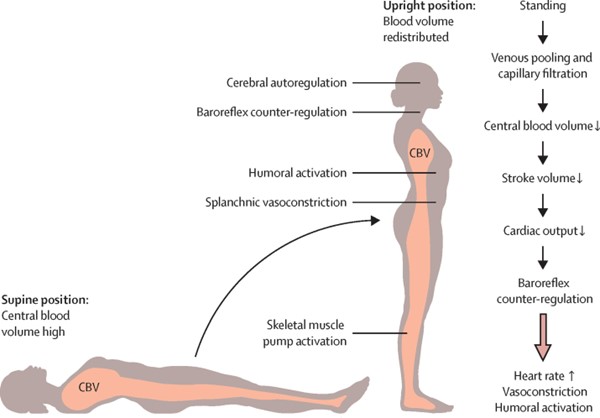A nurse is preparing to administer cefixime to a patient. The dose is 200 mg PO.
Available is cefixime oral suspension 100 mg/mL.
How many milliliters should the nurse administer?
Use a leading zero if it applies. Do not use a trailing zero.
1.9 mL.
2 mL.
2.1 mL.
2.2 mL.
The Correct Answer is B
To calculate the volume of cefixime oral suspension that the nurse should administer, you need to divide the prescribed dose (200 mg) by the concentration of the suspension (100 mg/mL).
This gives you 200 mg ÷ 100 mg/mL = 2 mL.
Therefore, the nurse should administer 2 mL of cefixime oral suspension.
Choice A is incorrect because 1.9 mL would provide a dose of 190 mg.
Choice C is incorrect because 2.1 mL would provide a dose of 210 mg.
Choice D is incorrect because 2.2 mL would provide a dose of 220 mg.
Nursing Test Bank
Naxlex Comprehensive Predictor Exams
Related Questions
Correct Answer is B
Explanation
Postural hypotension is a potential adverse effect of atenolol.
It can cause dizziness, faintness, or lightheadedness when getting up from a lying or sitting position suddenly12.

Choice A, Constipation, is not the correct answer because it is not a commonly reported adverse effect of atenolol.
Choice C, Dermatitis, is not the correct answer because it is not a commonly reported adverse effect of atenolol.
Choice D, Cardiac arrest, is not the correct answer because it is not a commonly reported adverse effect of atenolol.
Correct Answer is B
Explanation
NPH insulin has an onset of action of about 1 to 2 hours, peaks in 4 to 12 hours, and lasts up to 24 hours. Given the administration at 0700, the onset of action would typically occur between 0800 and 0900. Hypoglycemia is most likely to occur during the onset or peak periods due to the insulin's glucose-lowering effect.
Among the options:
- A. 0715: Too early, as NPH insulin's onset is not within 15 minutes.
- B. 0800: Within the onset window (1 hour after administration), making it a plausible time to observe for hypoglycemia.
- C. 0900: Also within the onset window (2 hours after administration), another reasonable time to monitor.
- D. 1000: Slightly beyond the typical onset but still early in the action profile, where hypoglycemia could occur if glucose levels drop.
Since the question asks for the time to observe for hypoglycemia caused by the onset, the earliest time within the onset window is most appropriate. Thus, B. 0800 is the best answer, as it aligns with the start of NPH insulin’s onset period.
Final Answer: B. 0800
Whether you are a student looking to ace your exams or a practicing nurse seeking to enhance your expertise , our nursing education contents will empower you with the confidence and competence to make a difference in the lives of patients and become a respected leader in the healthcare field.
Visit Naxlex, invest in your future and unlock endless possibilities with our unparalleled nursing education contents today
Report Wrong Answer on the Current Question
Do you disagree with the answer? If yes, what is your expected answer? Explain.
Kindly be descriptive with the issue you are facing.
